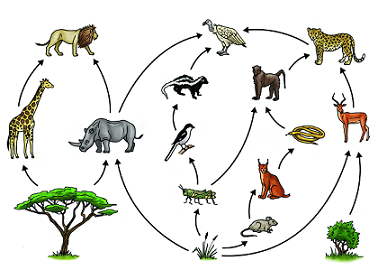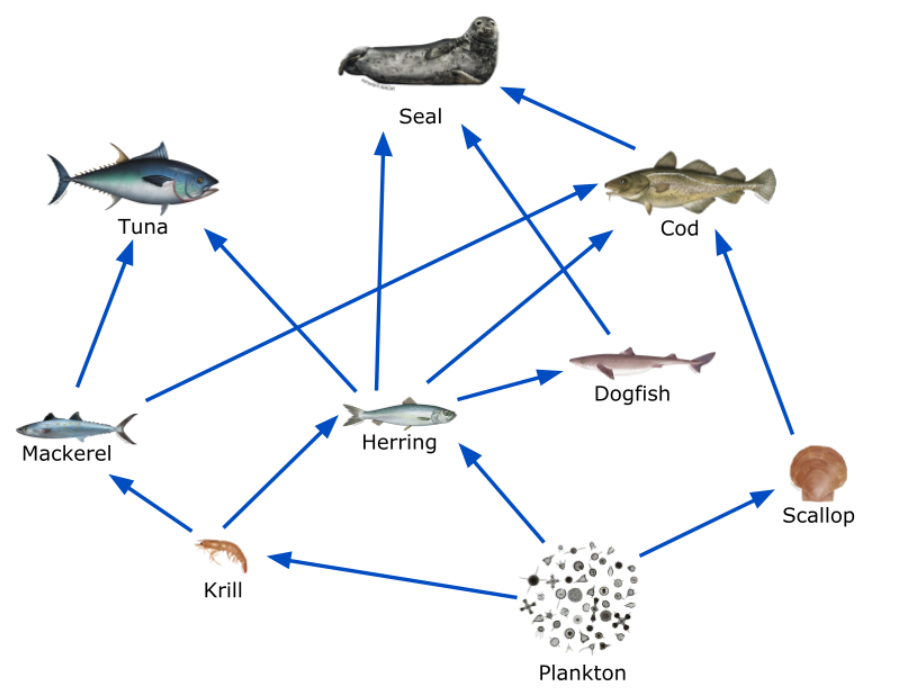These are nonliving factors (physical and chemical parts) of the environment
abiotic
organisms made up of only one cell
unicellular
This type of symbiotic relation benefits both organisms
mutualism
The "brain" of the cell. Controls all of the cells functions and stores DNA
nucleus
The organisms must consume nutrients in order to get the energy they need to survive
heterotrophs
What type of consumer is the bird?
omnivore
the gel-like fluid inside the cell
cytoplasm
Examples of this form of reproduction include budding and fragmentation
asexual
The two main types of Eukaryotic cells
Animal and plant cells
An organism that makes its own food through photosynthesis (AKA a producer)
Autotroph
a bird building its nest in a tree is an example of what type of symbiotic relationship?
commensalism
The energy molecule made by cellular respiration
ATP
These are the reactants (ingredients) of photosynthesis
sunlight, water, CO2
Cells that do not contain a nucleus
prokaryotic
Name an organism you may find at level 2 of the energy pyramid
any herbivore
What trophic level is the skunk
Tertiary
All living things respond to these
stimuli
a tape worm stealing nutrients from a host organism is which type of symbiotic relationship?
parasitism
cellular respiration takes place in this organelle
mitochondria
These are the products of photosynthesis
glucose and oxygen
The availability of resources such as water, space, and food, restrict the number of organisms that can survive in an ecosystem. These are examples of....
Limiting factors
This pigment is found in the chloroplasts of plant cells and give them their green color
chlorophyll
In an energy pyramid, only this percent of the total amount of energy at a trophic level gets passes on
10%
This organelle helps ribosomes make proteins and also transports materials throughout the cell
Rough ER
How many food chains are found in this food web?
11